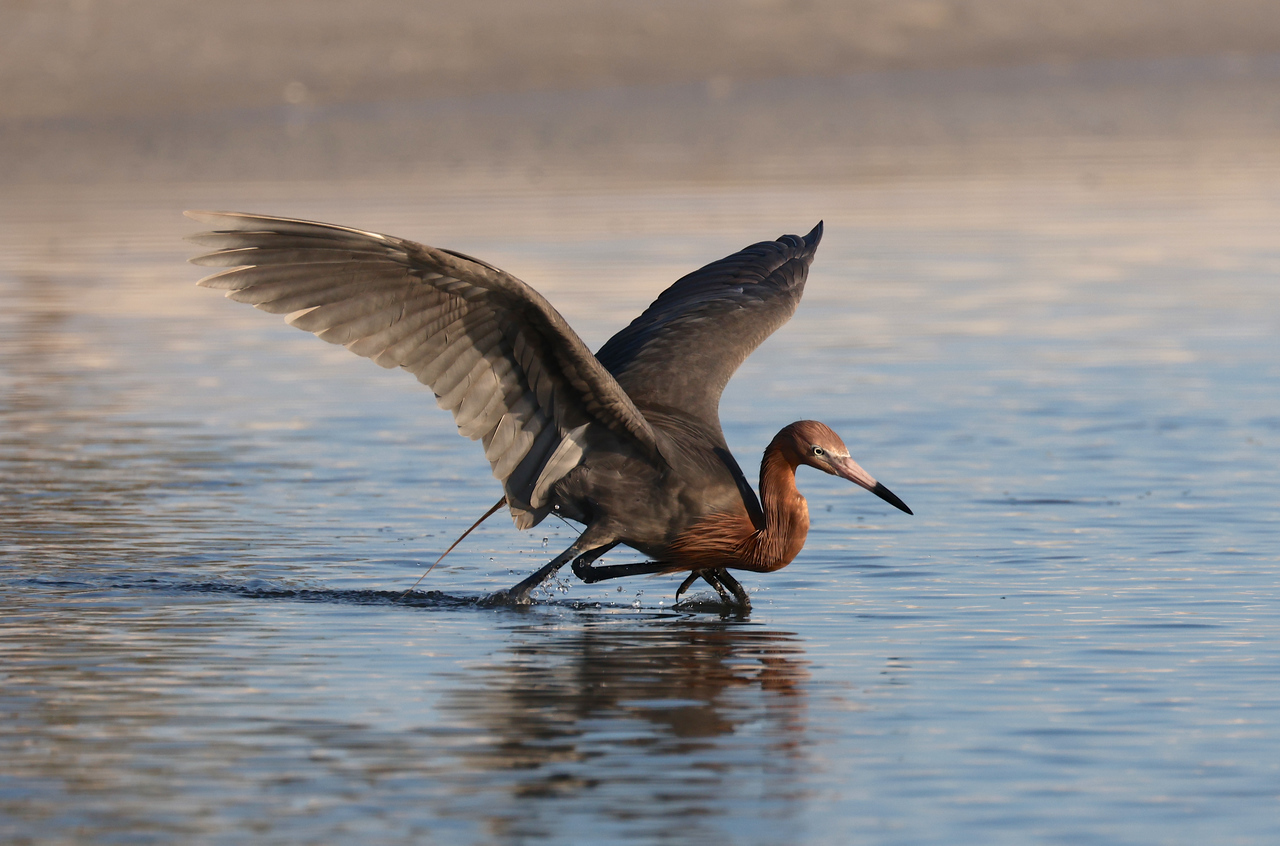- Messages
- 1,379
- Name
- Dougie
- Edit My Images
- Yes
I finally ordered a Canon R7 and EF adapter mount direct from Canon last night, this is to replace my 9 year old 70D.
90% of it's use will be with the Sigma 150-600mm C lens, mainly for birds. I am aware of the pulsing issues some people have had with this combination.
I thought I read there is someone who has settings to help eliminate this, and also change the settings on the lens itself via the Sigma lens dock, I may be wrong though!
Also, what are peoples favourite settings for taking birds? Just to get me started.
I ordered a little field guide about the R7 to keep in my bag, any recommendations for a book about the R7, nothing too technical, just showing the basics, as I still regard myself as a novice.
This is my first new camera/lens purchase in 8 years, and I am quite excited by it, a bit sad really!!
90% of it's use will be with the Sigma 150-600mm C lens, mainly for birds. I am aware of the pulsing issues some people have had with this combination.
I thought I read there is someone who has settings to help eliminate this, and also change the settings on the lens itself via the Sigma lens dock, I may be wrong though!
Also, what are peoples favourite settings for taking birds? Just to get me started.
I ordered a little field guide about the R7 to keep in my bag, any recommendations for a book about the R7, nothing too technical, just showing the basics, as I still regard myself as a novice.
This is my first new camera/lens purchase in 8 years, and I am quite excited by it, a bit sad really!!






